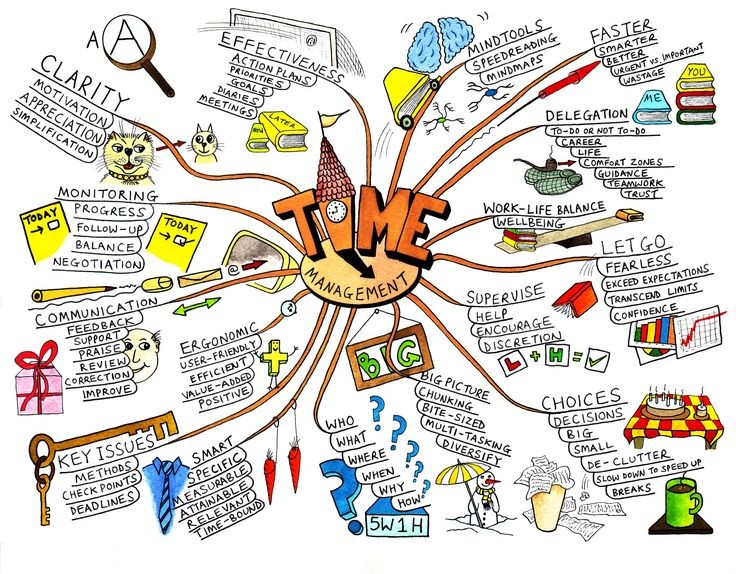A mind map is a diagram based illustration of what mind is thinking and conceptualizing. It is a visual thinking tool that helps to structure information in sequence which helps in better analysis, grasping, creating and recalling generating ideas and solutions to problems. Mind mapping is helpful in simplifying things for people and organizations. In a Mind Map, information is structured in a way that mirrors exactly how the brain functions. A Mind Map literally ‘maps’ out your thoughts by using associations, connections which helps to stimulate supplementary ideas. It is therefore a highly effective way of getting information in and out of brain.
Mind Mapping is closely related to Sigmund Freud’s method of finding subdued, deeply repressed unconscious memories which have affected out thoughts and decision making. To construct a mind map you must create a central theme or an image on a paper. If you prefer drawing it on computer software you may do so. Subsequently, jot down thoughts you may even draw images if that gives you more clarity. While doing so, don’t think of relevance; go on adding ideas, incidences, and themes in the form that they occur. Your ideas may branch out in many directions, it is a good sign, so you will have branches and sub branches. Place connected images, words on branches and sub-branches. A possibility is that this might give further expansion. For a vibrant depiction you must use different colors for items on branches and sub-branches. The end result is an interconnected colorful display of an associative structure of words and images which will help you to extract key ideas or solutions. This is how mind mapping is a creative and logical means of making notes that exactly “maps out” your ideas.
Mind Maps have some things in common to organizational structure; they have lines, symbols, words, colors and images according to very simple, friendly concepts. Mind mapping converts a long list of repetitive information into a colorful, brilliant and highly organized diagram that works in line with your brain’s natural way of doing things.
One simple way to understand a Mind Map is that you can compare it to a map of a city or a structure of a big tree. As a map of a city, your central theme or topic will be in center symbolizing the main idea; the main roads leading from the center represent the key thoughts of your thinking process. The secondary roads or branches represent your secondary thoughts, and so on. In the diagram, special images or shapes represent landmarks which require attention – some more thought. The best part about mind mapping is that you can put your ideas down in any order, the way they pop up into your head. You should not get inhibited by your thinking order, if they are abstract, let them be. Simply allow the flow of thinking, throw out any and all ideas, and then be concerned about reorganizing them later.
What material do you need to do mind mapping? It’s a pen, pencil, color markers, paper/white board, scale etc. This technique is very helpful in studies, career, choosing life partner, change of job, negotiation, and purchase of house, car and almost all matters of concern in your life. The main idea/ hitch will be at centre, solutions will in form of branches which will comprise of main idea, subject, the branches contain key image or key word drawn or printed on its associated line. Topics of lesser importance are drawn as twigs of the applicable branch. Thus, the entire mapping appears as structure of tree/ city map/flow chart/diagram.














































